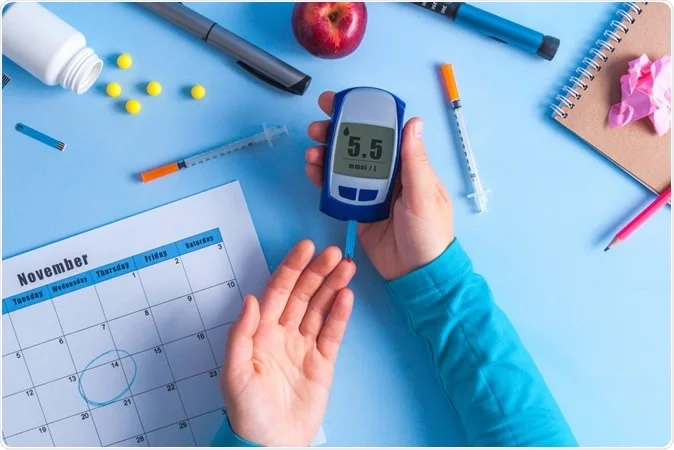Diabetes is a chronic medical condition that affects how the body processes blood sugar (glucose). The two main types—Type 1 and Type 2 diabetes—have different causes, risk factors, treatments, and complications. While both are serious and require management, one type can be more dangerous than the other depending on various factors such as age of onset, management, lifestyle, and access to healthcare.
Let’s explore the key differences and determine which type poses a greater risk and why.
Understanding Type 1 and Type 2 Diabetes
Type 1 Diabetes
Type 1 diabetes is an autoimmune condition where the immune system attacks and destroys the insulin-producing beta cells in the pancreas. As a result, the body produces little to no insulin—a hormone required to regulate blood sugar. It often develops in childhood or adolescence, but can occur at any age.
Key Characteristics:
- Autoimmune in nature
- Sudden onset
- Requires lifelong insulin therapy
- Cannot be prevented
Type 2 Diabetes
Type 2 diabetes is characterized by insulin resistance, meaning the body doesn’t use insulin effectively, and/or the pancreas doesn’t produce enough insulin. It usually develops in adults over 40, but is increasingly being seen in younger people due to lifestyle factors.
Key Characteristics:
- Lifestyle-related (diet, exercise, obesity)
- Gradual onset
- Can be managed with lifestyle changes, oral medication, or insulin
- Often preventable
Which One Is More Dangerous?
The answer isn’t simple—it depends on how the condition is managed, the individual’s overall health, and their access to treatment. However, when comparing the inherent risk and danger, Type 1 diabetes is often considered more dangerous due to the following reasons:
1. Complete Dependence on Insulin
People with Type 1 diabetes are entirely dependent on external insulin from the time of diagnosis. Even a single missed dose can lead to life-threatening complications like diabetic ketoacidosis (DKA)—a condition where the body starts breaking down fat too rapidly, causing a buildup of acids in the blood.
In contrast, many people with Type 2 diabetes can manage their condition for years with diet and oral medications before needing insulin.
2. Sudden and Early Onset
Type 1 diabetes often begins in childhood or adolescence, which means individuals must deal with the disease for their entire lives. The longer someone has diabetes, the higher the risk of long-term complications such as:
- Kidney damage (nephropathy)
- Eye damage (retinopathy)
- Nerve damage (neuropathy)
- Heart disease
Type 2 diabetes, although serious, tends to develop later in life, giving people more years without complications and often more time to adjust their lifestyle to reduce risks.
3. Risk of Severe Hypoglycemia
Because Type 1 diabetics rely on injected insulin, they are at higher risk of hypoglycemia (low blood sugar), which can occur due to:
- Too much insulin
- Missed meals
- Intense physical activity
Severe hypoglycemia can lead to seizures, loss of consciousness, and even death if not treated promptly. Although Type 2 diabetics can also experience hypoglycemia, it’s generally less frequent and less severe, especially if they’re not on insulin.
4. No Preventive Measures
Type 1 diabetes cannot currently be prevented or cured. Genetics play a strong role, and there is little individuals can do to stop its onset. On the other hand, Type 2 diabetes is largely preventable through:
- Healthy eating
- Regular exercise
- Maintaining a healthy weight
This makes Type 2 diabetes more manageable on a population level.
Complications: A Common Ground
Despite their differences, both types of diabetes can lead to serious complications if not properly managed:
- Cardiovascular disease
- Stroke
- Kidney failure
- Vision loss
- Amputations
- Infections and poor wound healing
So while Type 1 may carry more inherent risks, poorly managed Type 2 diabetes can be equally dangerous, especially when it goes undiagnosed for years.
Mental and Emotional Impact
Managing diabetes—especially from a young age in the case of Type 1—can take a psychological toll. Constant monitoring, insulin injections, dietary restrictions, and fear of complications can lead to stress, anxiety, and depression. Though Type 2 diabetes also affects mental health, the early burden of Type 1 adds another layer of difficulty.
Conclusion
Both Type 1 and Type 2 diabetes are serious, lifelong conditions that demand careful management. Type 1 diabetes is often considered more dangerous due to its early onset, complete insulin dependency, and high risk of immediate complications like hypoglycemia and DKA. However, Type 2 diabetes can be equally life-threatening if neglected or unmanaged, especially due to its silent progression and high prevalence.
Ultimately, the danger lies not in the type, but in how well it is controlled. Early diagnosis, consistent management, and regular medical checkups are key to living a healthy life with diabetes—regardless of the type.
Do Follow Us On Instagram







